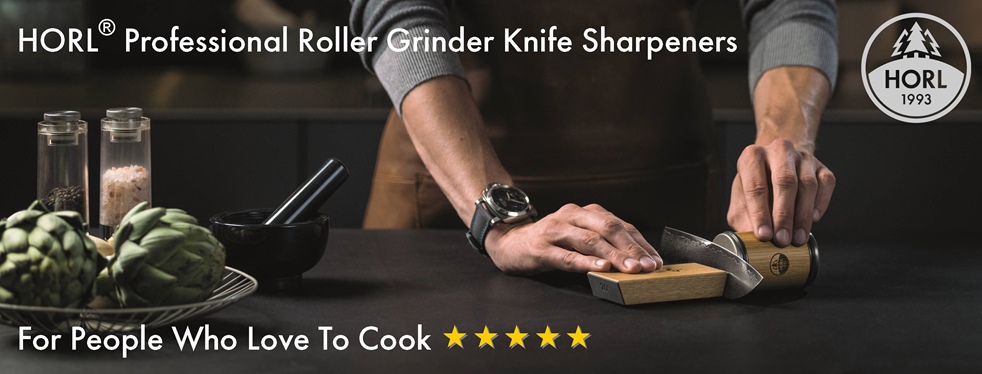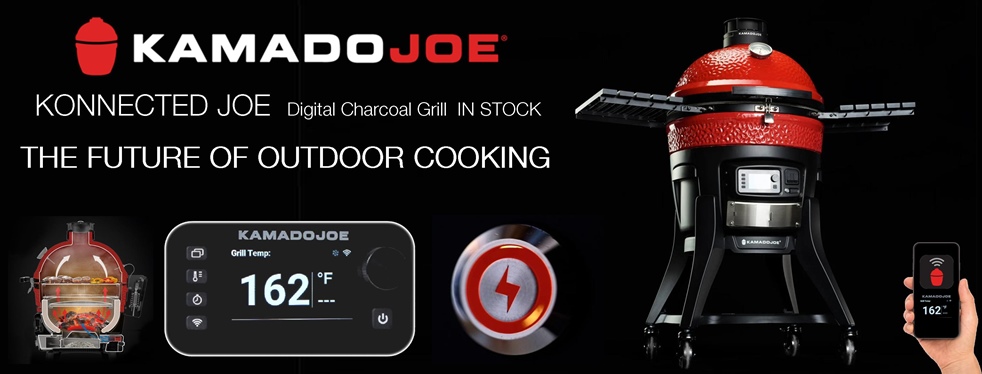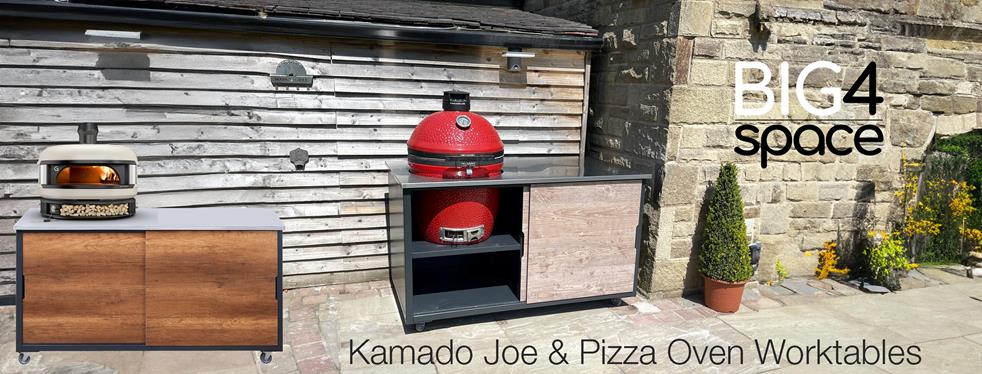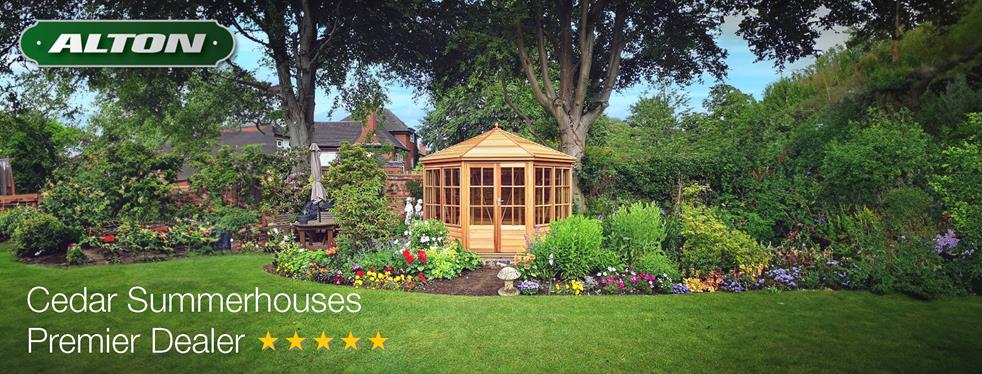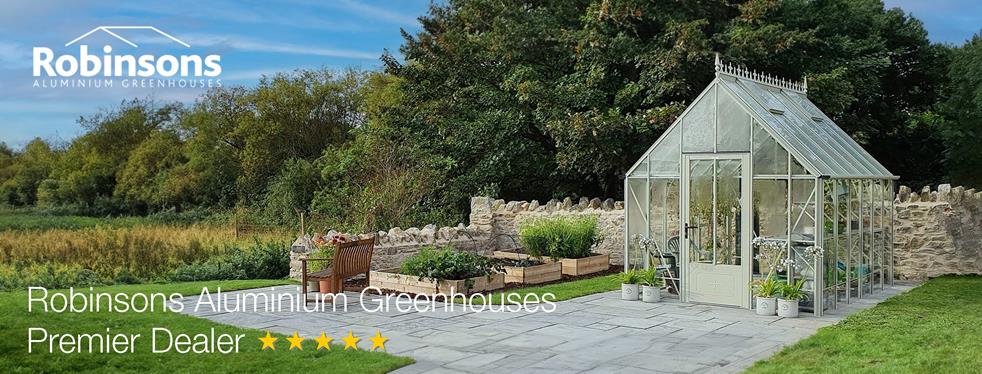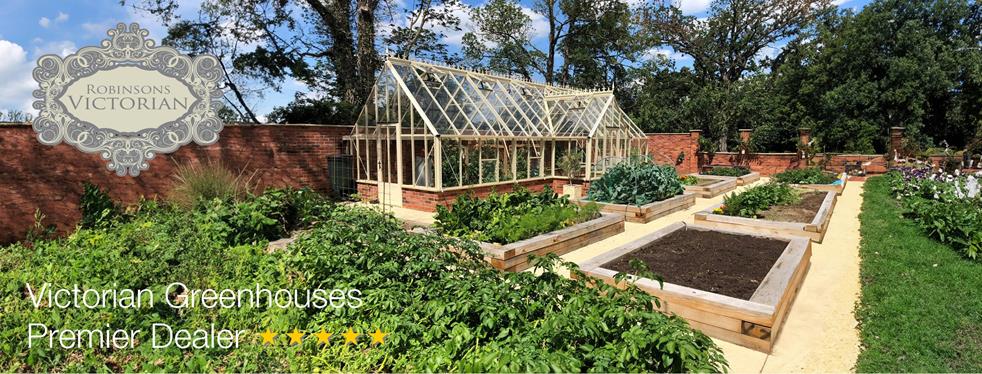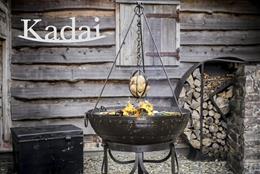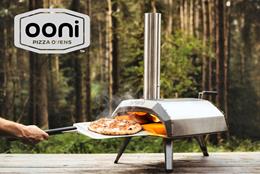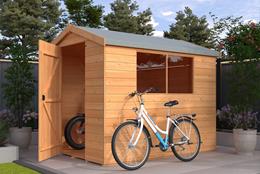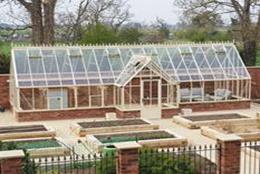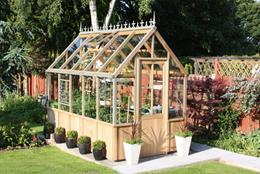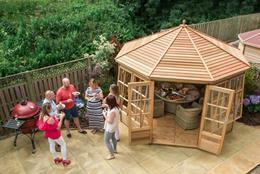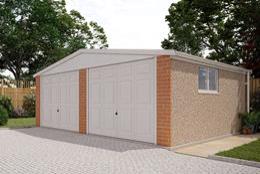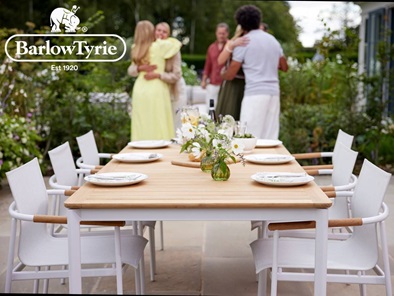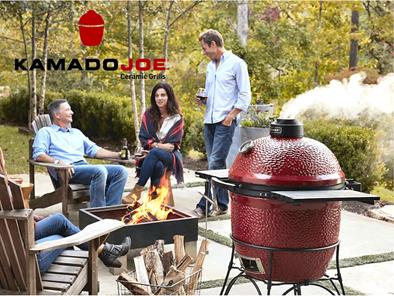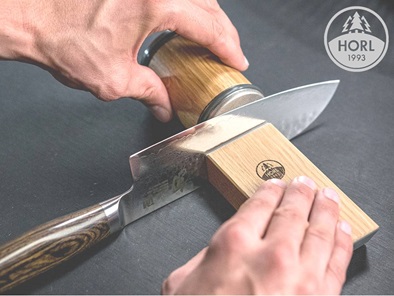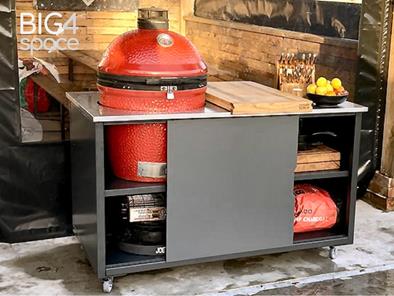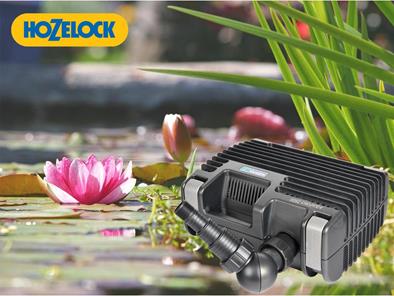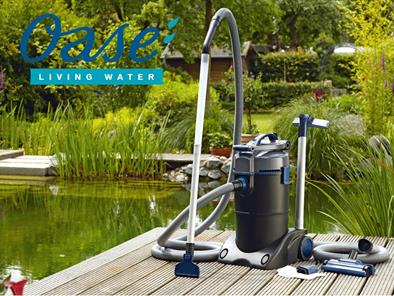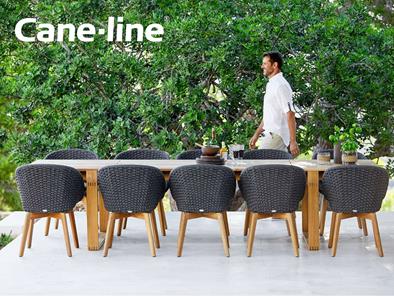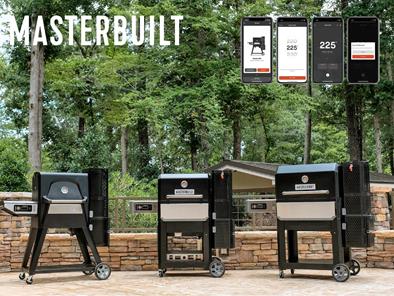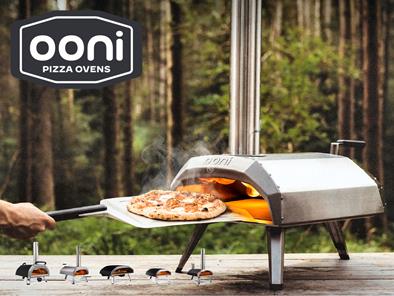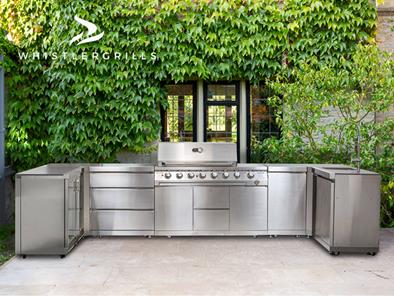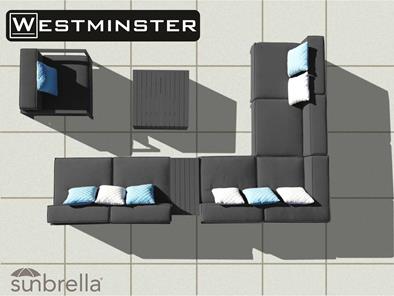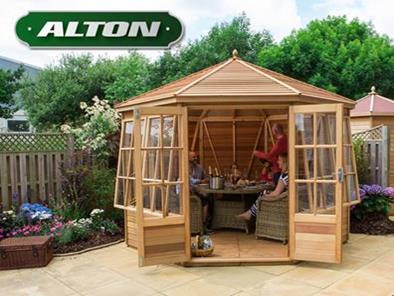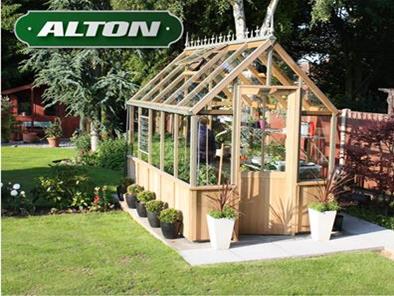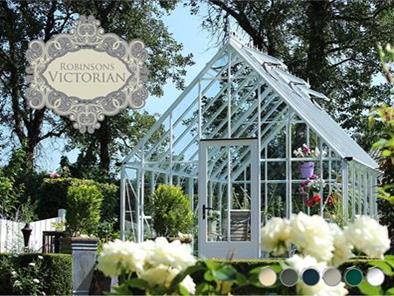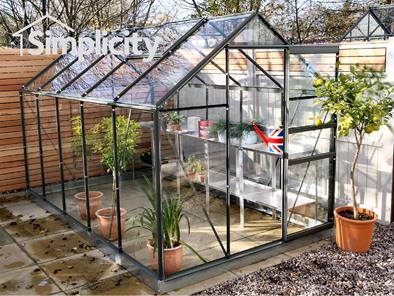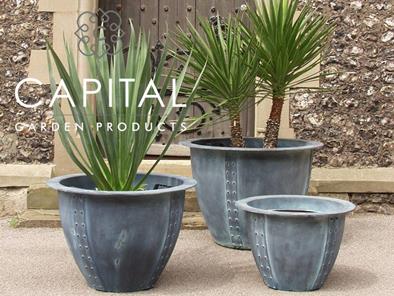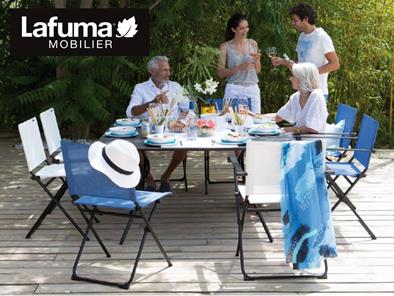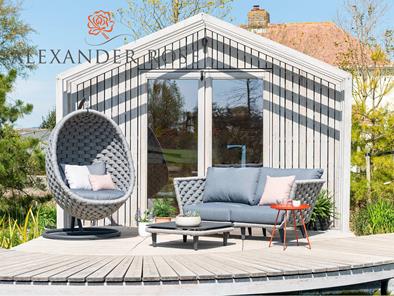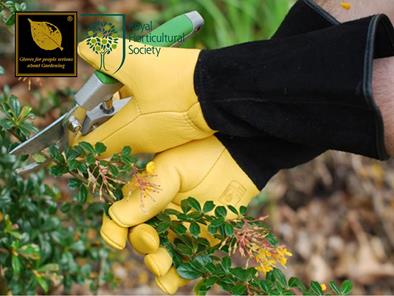Birstall Garden Centre
Featured Brands
Featured Departments
Garden Diary
Early Autumn
The ornamental garden
Plant new azaleas and rhododendrons in well prepared soil. Support new trees, conifers and shrubs with stakes and ties. Wrap the stems of tender trees and shrubs in sacking or similar material and check the ties to ensure that they can withstand winter winds. Sweet Peas sown now either in seed trays or pots will produce much earlier flowers and stronger plants than those sown in the spring. Many herbaceous perennials such as Alchemilla (Lady's Mantle), Michaelmas Daisy, Aquilegia (Colombine), Dicentra (Bleeding Heart), Peony, Convallaria (Lily-of-the-Valley) and very many more, can be propagated by division. This is a method of propagation which involves splitting the existing root into separate clumps, each of which then becomes a new plant. Most herbaceous plants can simply be lifted from the soil and levered apart. Plants such as Iris which form thick fleshy roots or rhizomes, may need to be carefully cut with a knife, ensuring that each piece of thick root has a healthy bud attached. Take the opportunity to cut out any unhealthy material before replanting. Apart from increasing stock, many herbaceous perennials benefit from division as they are often rejuvenated by the lifting and trimming process and flower much more readily the following year. Plant compact alpines in shallow containers and cover the soil surface with alpine grit. Now is the time to move non-hardy plants in pots and tubs into the greenhouse or close to the wall of a warm building where they will receive some shelter. Cover the root area of fuchsia and delicate perennials such as penstemons with bark chips as insulation against frost. Annual plants should be pulled up and discarded. Herbaceous plants should be cut back to ground level. Continue to plant spring flowering bulbs such as daffodils, crocuses and hyacinths, but wait until next month before planting tulips. Heathers may also be planted now. Plant biennials into their flowering positions ready for the new season, giving them time to establish before the onset of poor weather. Thin annuals such as candytuft and cornflower - overcrowded seedlings are a target for diseases. Cut back rose bushes by a third to reduce wind rock damage and shorten the long stems of Lavateras and Buddleias.
Fruit and vegetables
Crop anything that is ready to harvest before it becomes damaged by frost. Bare areas of soil can then be rough dug to allow the frost to work on it and to break it down. At the same time manure, garden compost or peat can be added to improve the structure of the soil and aid drainage. Onions should be lifted when properly dry and stored in a cool dry place, preferably hung to allow air to circulate around them. Winter hardy lettuces can be sown in October for cropping in the spring and winter cabbages can be transplanted into final cropping positions. Protect winter greens with netting and pot up a few mint, parsley, sage and marjoram plants for winter use. If any tomatoes remain these should be picked and used. To encourage green tomatoes to turn red, place tomatoes in a drawer with an apple - the ethylene gas from the apple will speed up the process of tomato ripening.
The lawn
Treat any remaining moss whilst the lawn is still actively growing, then scarify the lawn about a week later using a spring tine rake. After raking, aerate or spike the lawn using a garden fork or hollow tine aerator. This will allow air and water a free passage to the areas where it provides the most benefit. If the soil structure needs improving apply a top dressing of peat on sandy soils or a mixture of peat and sharp sand on heavy clay soils. Continue to mow, but keep the blades high to avoid placing stress on the turf should the weather turn frosty. Sweep off worm casts before mowing. Give the lawn an autumn lawn feed which is high in potash.
Houseplants
Remove any dead leaves or flowers to avoid mould. Reduce the watering but keep feeding once a month especially if the plants are growing in a soilless compost.
The greenhouse and conservatory
Keep the greenhouse well ventilated to avoid the risk of diseases. Clean the glass and take the opportunity to clean the structure before the greenhouse becomes too crowded. Ensure that heaters are working correctly and that thermostats, where fitted, are accurate.
General
Many herbaceous perennials will flower earlier if planted in pots and kept in the greenhouse until the spring. check wall supports of climbers and tie in new stems securely. Clean and dry barbecues, plastic chairs and tables before storing in a shed or under a plastic cover. Stand wooden furniture on hard paving and scrub the algae off wrought iron, cast aluminium and wooden furniture.
Mid Autumn
The ornamental garden
Now is the time for planting tulips as the likelihood that early growth may be damaged by frosts should be over, the lower temperatures should keep them in a dormant state until the spring. Cover the tulips with 8-12cm of soil. Complete planting of biennials and herbaceous perennials as soon as possible and prepare the ground for sowing hardy annuals in the spring. Some herbaceous plants can be divided now such as flag iris, hemerocallis (day lily), geranium (crane's bill), convallaria (lily-of-the-valley) and many others. Cut back herbaceous plants blackened by frost but leave ornamental grasses and those with attractive seed heads such as achilleas. Bare-rooted deciduous hedges and other deciduous species can be planted now provided the soil is not water-logged. Bare-rooted evergreens are best left until early spring before planting although container grown plants can be planted at any time. This is also the best time of the year to plant new roses. When purchasing bare-root roses, ensure that the roots have not dried out and the plant has not started to grow prematurely. The plant should have at least three strong shoots with a strong fibrous root system. Plant the roses soon after purchase or heal-in until a suitable site has been prepared. Permanent planting should also be delayed if the ground is too dry, waterlogged or frozen. Good preparation now will lead to healthy long lasting roses Check forced bulbs in plunge beds or cold frames which were prepared in late summer. These should have produced some growth and shoots should be about 4-5cm length. At this point they can be moved into cool conditions indoors or in the greenhouse as long as temperatures do not exceed 10°C.
Fruit and vegetables
Hardy varieties of broad beans can be sown now and will crop in early June, however a sheltered site should be chosen if possible to reduce losses due to the weather. Cloches will provide protection in the early stages. Also complete sowings of lettuce under glass and force chicory. Rhubarb can be planted in heavily manured soil. Whilst there is still some warmth in the soil fruit bushes, canes and trees can be planted. Pruning of all but stone fruits can take place as soon as the leaves have fallen. Fruit in store should be inspected on a regular basis removing any showing rot, so that it does not spread to other fruit. Remove a quarter of the stems on blackcurrants at just 2cm from ground level. Prune back the sideshoots to 5cm on red and white currant and gooseberry bushes.
The lawn
Treat a poorly growing lawn with a slow release fertilizer. At this time of year keep the mower blades at medium height as low cutting may lead to damage in combination with heavy frosts. Allow the dew to dry before cutting or brush the lawn first. Do not mow whilst frost is still present on the surface. Grass clippings should be removed if possible to lessen the risk of disease. Sweep off leaves and debris regularly and try and keep off the lawn surface as much as possible particularly during very wet weather. In warm winter periods grass will continue to grow so be prepared to give it a moderate cut in the winter months
Houseplants
Continue to feed houseplants once a week and mist them with water.
The greenhouse and conservatory
Ensure also that the glass is kept clean, as dirty glass will block out valuable light at this time of the year. Ventilate on warm days to reduce the incidence of diseases but remember to close the ventilators by early afternoon to retain some of the natural heat. Where vines are being grown, these will require ventilation as often as possible to harden the growth. In unheated houses containing tender plants, check the weather forecast and be prepared to cover plants with newspaper or sacking at short notice, to keep off the worst of the frost. Grape vines can be pruned as soon as the leaves have fallen.
General
Repair wooden arches or pergolas while the climbers they are supporting are dormant. Treat fences, sheds, trellis and pergolas with wood preservative. Take care not to get preservative on plants. Cut out dead, diseased and damaged branches from trees.
Late Autumn
The ornamental garden
Forced bulbs planted in late summer should be brought into room temperatures once the shoots have reached 20-22cm in height if they are to flower at Christmas. However introducing a few pots to the heat at a time will produce a succession of flowers. Bare rooted and container grown trees and shrubs can be planted now. Incorporate some compost into the planting hole, and back-fill with a mixture of compost and garden soil. Sturdy stakes and ties should be attached to prevent wind rocking and the damage that this can cause to the roots of tall or top heavy plants. Protect semi-hardy deciduous plants with a layer of peat around the roots and lower stem and wrap the trunks of standard plants with some protection. Tender evergreens can be protected by erecting a barrier of shade netting to act as a wind break or by planting hardy species in the vicinity to provide shelter. Planting next to a wall can give just enough shelter to enable plants to survive. The wall of the house, if centrally heated, can retain heat and act as a radiator. Pots and containers should also be moved near to a warm building. Some herbs will need protection through the winter months from snow and cold winds. Cover soil with a protective layer of peat or straw and bring less hardy species into the greenhouse.
Fruit and vegetables
Continue rough digging and allow the frost to break up heavy soil. Bulky organic material such as moss peat and composted bark can be added at the same time. The decomposing process of organic material will bind the soil particles together, encouraging clay soils to form crumbs and sandy soils to stick together. This not only improves the structure of the soil but also increases the water and nutrient holding capacity. Lift late sown carrots and swedes and store them away from pests and the weather. Crops overwintering in the soil such as winter cabbage, lettuce and peas can be protected with slug pellets or slug liquid. Very young crops of peas may need the protection of a cloche in cold areas to keep off the worst of the weather.
The lawn
Keep off established lawns as much as possible to prevent damage. If it is not possible to stop using them altogether then try and take a different path with each journey to avoid compaction. Turfing can continue - weather permitting, but may have to be delayed during very wet or cold spells. Sweep off leaves and debris regularly and watch for signs of diseases. Aeration could still go ahead if not already completed, provided that the soil is not very wet. Ensure that equipment is well serviced in preparation for the new season.
Houseplants
Most houseplants will be dormant at this time of the year, with light levels being too low to sustain growth of most species. Watering should be kept to a minimum at this stage, allowing the compost to dry out between applications. Feeding of most species is unnecessary. However some plants will be in full growth, such as cyclamen, polyanthus, azalea and poinsettia. These will require feeding with a high potash fertilizer to ensure maximum colour. Containers of forced bulbs should begin to provide colour now, having been brought into the warmth of the house. Keep these regularly watered although not too wet. Feeding will not be required until flowering is over to help the bulb regain it's strength, ensuring large flowers next year in the garden.
The greenhouse and conservatory
Frost protection will be needed now so heating must be reliable and capable of maintaining the desired temperature. Be prepared to cover tender subjects with newspaper or sacking as additional protection. Whilst most plants will be ticking over, waiting for the warmth of spring, the greenhouse can still be a colourful place with Christmas cactus, azalea, cyclamen, forced daffodils, poinsettias and saint paulias all in flower. Continue to ventilate when possible to reduce the incidence of disease, closing the windows before late afternoon. When watering avoid splashing water about unnecessarily to keep humidity levels as low as possible. Watering and spraying should be carried out in the morning, giving the leaves time to dry before nightfall. It is a good time to disinfect the greenhouse structure, staging, pots and tools.
General
Fences can be treated with preservatives now with less chance of damaging plant growth.
Birstall Garden and Leisure Centre began trading as a family owned and run Centre in 1969, and was the first Garden Centre to start trading online. In 1999 we created our website in order to give customers from all over the UK the opportunity to take advantage of our amazing prices, fantastic online discounts and speedy nationwide delivery. In particular areas of the UK, we are able to both deliver and construct your new garden building, summerhouse, greenhouse or garages. And assemble your new garden furniture or BBQ.



